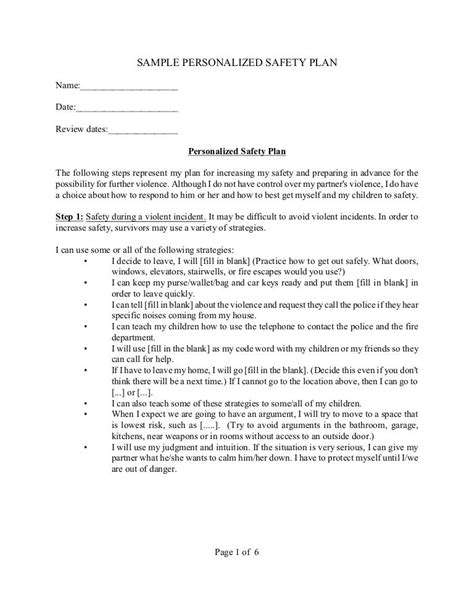UFO Hotspots and Alien Encounters
Atmospheric phenomena, such as mirages, lenticular clouds, and atmospheric optics, can create visual distortions and illusions that are easily mistaken for unusual or extraterrestrial objects. These natural occurrences often exhibit seemingly impossible movements or shapes, mimicking the descriptions frequently associated with UFO sightings. Understanding the principles of atmospheric refraction and reflection is crucial in distinguishing between genuine anomalies and the effects of our planet's atmosphere on light.
For instance, mirages can make distant objects appear displaced or distorted, leading to the perception of hovering objects or unusual shapes. Lenticular clouds, often appearing as saucer-shaped formations, are another example of atmospheric phenomena that can be misinterpreted. These clouds, formed by air currents and temperature inversions, can be striking in appearance, prompting speculation about their origins. Careful observation and understanding of these natural phenomena are key to separating them from potential extraterrestrial encounters.
The Role of Perception and Psychological Factors
Human perception plays a significant role in shaping our interpretation of ambiguous or unusual events. Our minds often seek patterns and explanations, even when dealing with incomplete or misleading information. This inherent tendency to find meaning in seemingly random occurrences can lead us to misinterpret atmospheric phenomena as evidence of extraterrestrial visitation.
Psychological factors, like suggestion, confirmation bias, and the desire to believe in the extraordinary, further contribute to the misidentification of atmospheric events as UFOs. Witness accounts, often influenced by pre-existing beliefs or expectations, can be shaped in ways that support a particular interpretation, even in the absence of concrete evidence. Critical thinking and the ability to distinguish between potential natural explanations and extraordinary claims are essential when evaluating sightings of unusual phenomena.
Additionally, the lack of clear, verifiable data and the subjective nature of witness accounts often exacerbate the difficulty in separating genuine anomalies from psychological factors and atmospheric effects. The human tendency to seek meaning and order in our surroundings can lead to misinterpretations, especially when dealing with events that defy conventional understanding.
The influence of media and popular culture also plays a role in shaping perceptions of UFOs. Media portrayals and fictional accounts can reinforce pre-existing beliefs and shape our expectations of what constitutes a UFO sighting, further complicating the process of discerning reality from misinterpretation.
The combination of these factors, atmospheric phenomena, perceptual biases, and psychological influences, often creates a fertile ground for misidentification, blurring the lines between genuine anomalies and natural occurrences.
Careful scrutiny and a nuanced approach are necessary to analyze and evaluate these sightings objectively, separating them from potential atmospheric effects or misinterpretations driven by subjective factors.

The Need for Scientific Inquiry and Open Dialogue

The Foundation of Knowledge
Scientific inquiry is the cornerstone of progress in understanding the world around us. It provides a systematic and rigorous approach to exploring the natural world, seeking explanations for phenomena, and testing hypotheses. By relying on evidence-based reasoning and empirical observation, scientific inquiry allows us to move beyond anecdotal evidence and develop a deeper, more comprehensive understanding of complex systems. This methodical approach is essential for addressing critical challenges and shaping a better future.
The Role of Observation and Experimentation
A key aspect of scientific inquiry lies in the meticulous observation of natural phenomena. Scientists carefully document their observations, identifying patterns and potential relationships. These observations often lead to the formulation of hypotheses, which are testable explanations for the observed phenomena. Crucially, scientific inquiry necessitates rigorous experimentation to validate or refute these hypotheses. Careful design and execution of experiments, along with careful analysis of the results, are critical to the scientific process.
The Importance of Hypothesis Testing
Formulating and testing hypotheses is fundamental to scientific inquiry. A hypothesis represents a proposed explanation for a phenomenon, and it is crucial to develop a testable prediction based on that hypothesis. Testing the hypothesis involves designing experiments or collecting data to determine whether the observed results support or contradict the prediction. If the results contradict the prediction, the hypothesis may need to be revised or rejected entirely. This iterative process of testing and refining hypotheses is vital for advancing scientific understanding.
The Nature of Scientific Theories
Scientific theories are well-substantiated explanations of some aspect of the natural world that can incorporate facts, laws, inferences, and tested hypotheses. They are not mere guesses or conjectures; instead, they represent the best available explanation for a particular phenomenon based on overwhelming evidence. Theories are constantly refined and revised as new evidence emerges, ensuring that they remain consistent with the current state of scientific knowledge. This dynamic nature of scientific theories is a testament to the ongoing process of scientific inquiry.
The Impact of Scientific Inquiry on Society
Scientific inquiry has a profound impact on society, driving technological advancements, improving human health, and shaping our understanding of the universe. From developing new medicines to creating sustainable energy solutions, scientific discoveries have dramatically improved the quality of life for billions. Scientific advancements also lead to profound societal shifts, demanding careful ethical consideration of their implications. For example, advancements in genetic engineering raise important questions about the future of humanity. Therefore, responsible and ethical application of scientific inquiry is crucial for maximizing its benefits for society.











